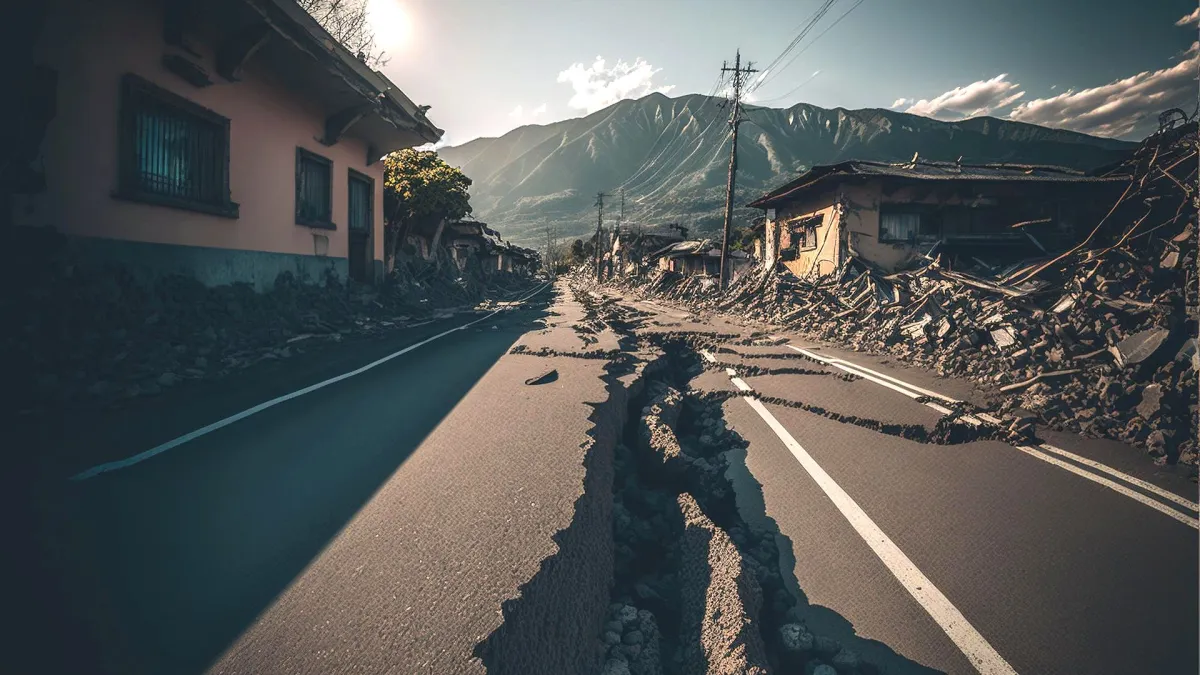
Thailand's Earthquake Preparedness
Thailand is fortunate for not being located in any of the high-risk areas of the world's seismic zones. The nearest fault line is in Myanmar, down the Andaman Sea, and the western side of Sumatra Island. It is quite far from Thai communities and cities; therefore, Thailand is classified as an area with a low to moderate earthquake risk. There has never been a severe earthquake caused by movements at a local epicenter.
Although there has never been a big earthquake in Thailand, it was found that moderate-size earthquakes of less than magnitude 6.0 may occur near communities, even those not located near active faults. This may cause damage to buildings that are not strong or designed to withstand earthquakes.
Earthquakes of more than magnitude 6.0 that have epicenters in Myanmar, the Andaman Sea, or the Nicobar Islands, or that are located on active faults in Lao People's Democratic Republic and southern China may affect Thailand.
Residents of many high-rise buildings in Bangkok have occasionally felt the shaking caused by a distant tremor, since most of the buildings are built on soft soils, which are prone to sway easily.
For these reasons, there should be preparations and appropriate measures and management systems for facing future earthquakes. The Department of Public Works and Town and Country Planning has issued ministerial regulations that are appropriate for the risk, to ensure that buildings are able to withstand earthquakes.
Nine northern provinces in the high-risk areas – Chiang Rai, Chiang Mai, Tak, Nan, Phayao, Phrae, Mae Hong Son, Lampang, and Lamphun – and the province of Kanchanaburi in western Thailand are located in area 1.
Bangkok and its vicinity are in area 2, so it is necessary to design buildings able to withstand earthquakes. There are also seven southern provinces which are in risk areas: Krabi, Chumphon, Phang Nga, Phuket, Ranong, Songkhla, and Surat Thani.
An earthquake hazard map was created for urban planning to designate communities that are out of the high-risk areas.
People are informed about earthquake disasters and behavior before, during, and after an earthquake. Annual drills in earthquake prone areas are held by the Department of Disaster Prevention and Mitigation.
At present, the study, analysis, and research related to earthquakes and earthquake engineering have made progress in the study of active faults in the northern, central, and southern regions. Also, the study of earthquake-resistant building design is being carried out.
Measuring instruments that meet the standards of the Meteorological Department for observation and notification of earthquakes, both within and outside the country, are being developed and installed. Tsunami warnings are faster and more accurate than before.
A national earthquake and tsunami database has been created by the Thai Meteorological Department.
Even though earthquakes are a type of natural disaster that cannot be predicted far in advance, and can affect several countries both directly and indirectly, systems for prediction and mitigation are constantly being improved.
The most effective way to cope with an earthquake includes having effective management and communication systems working before, during, and after an earthquake, so that people can respond effectively.
Source: Earthquake Observation Division, Thai Meteorological Department, 4353 Sukhumvit Road, Bangna, Bangkok 10260.
Telefon: +66 2399 0975